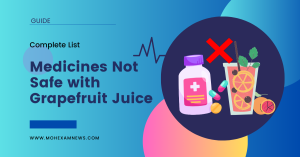7 Infectious Diseases You Must Study for the Pharmacy Exams, with Sample Questions
Preparing for pharmacy exams, particularly those focused on infectious diseases, can be challenging. When I was studying for mine, I quickly realized the importance of having a focused study approach especially for diseases questions frequently featured in the moh pharmacy exams. This article will highlight the infectious diseases you’re most likely to encounter in pharmacy exams and provide sample questions to help you solidify your understanding.
Diseases You Must Study!
1. Tuberculosis (TB)
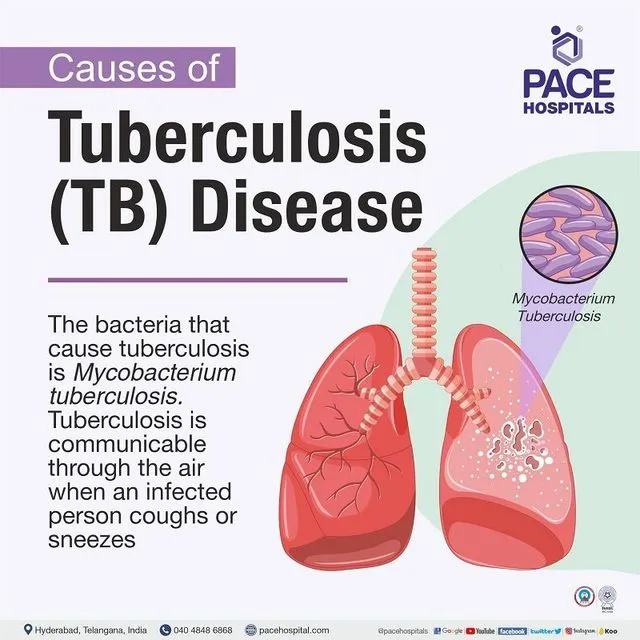
Tuberculosis is one of the most commonly tested diseases, especially because of its prevalence and the importance of effective treatment protocols. It is one of the diseases you must study. TB’s unique challenges lie in its prolonged treatment courses and the risk of multi-drug resistance.
Key Areas to Study Tuberculosis :
- Pathophysiology of TB and how it affects the lungs
- Common drugs used (e.g., isoniazid, rifampin) and their mechanisms
- Side effects and contraindications of TB medications
- Drug resistance and its implications for treatment
Sample Question: “Which combination of drugs is typically prescribed for initial TB treatment, and why is each component crucial in managing the disease?”
2. HIV/AIDS
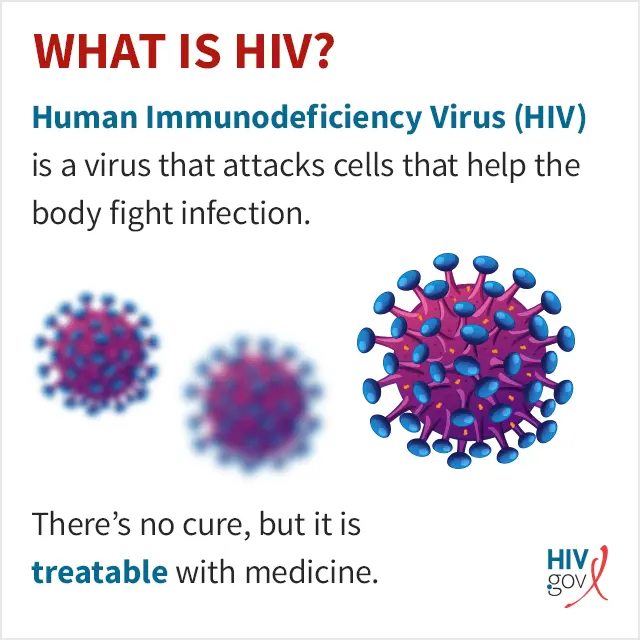
When I first delved into the complexities of HIV/AIDS, I found it essential to understand how the virus affects the immune system and the pharmacology of antiretroviral therapies (ARTs). This topic is crucial not only for exams but for real-world applications in pharmacy practice.
Key Areas to Study HIV/AIDS:
- Mechanism of HIV and its impact on the immune system
- Different classes of ART and their roles in viral suppression
- Adverse effects and monitoring requirements for ART drugs
- Drug interactions, especially with medications commonly used in co-morbid conditions
Sample Question: “Discuss the role of nucleoside reverse transcriptase inhibitors (NRTIs) in the treatment of HIV and their common side effects.”
3. Hepatitis B and C
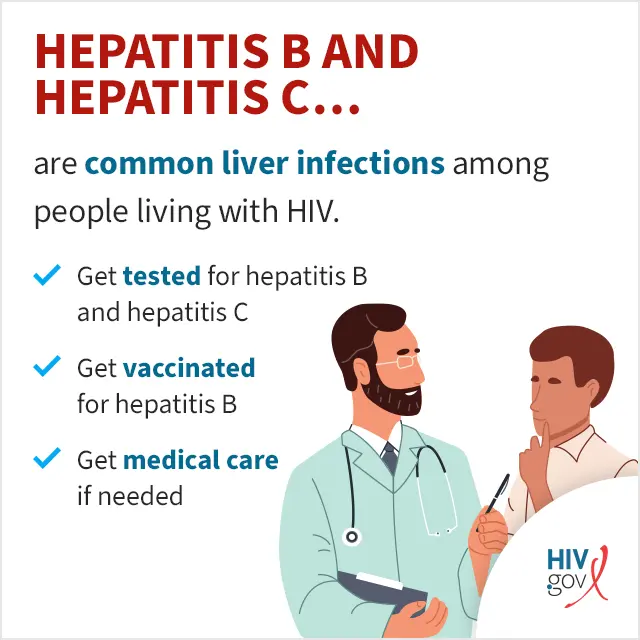
With hepatitis infections, understanding transmission routes and treatment modalities is essential. I often found it helpful to focus on the distinctions between Hepatitis B and C, especially in terms of chronic infection management. This is another disease you must study.
Key Areas to Study Hepatitis B and C:
- Differences in transmission, symptoms, and progression of Hepatitis B vs. C
- Antiviral treatments, particularly for chronic Hepatitis C
- Preventive measures, including vaccines and needle safety
- Screening recommendations and diagnostic tests
Sample Question: “Compare and contrast the treatment approaches for Hepatitis B and Hepatitis C, highlighting any recent advancements in therapy.”
4. Malaria
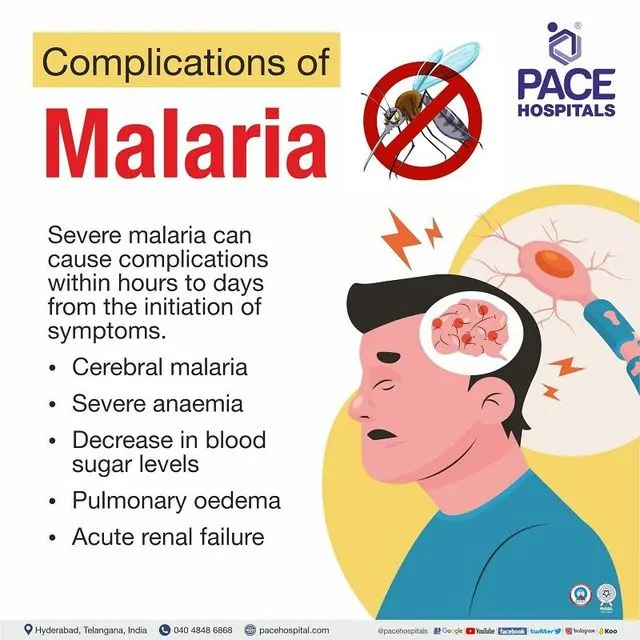
While malaria may not be as common in certain regions, it’s a staple in pharmacy exams due to its global health impact. Studying malaria prepared me to think critically about disease prevention and treatment in regions where it’s endemic.
Key Areas to Study:
- Life cycle of the Plasmodium parasite and its impact on treatment choices
- Prophylactic vs. therapeutic treatments and drug classes involved (e.g., chloroquine, artemisinin)
- Resistance patterns, especially in regions where malaria is endemic
- Side effects and contraindications of antimalarial medications
Sample Question: “What are the current guidelines for malaria prophylaxis for travelers to high-risk areas, and how to do these vary based on resistance patterns?”
5. Pneumonia
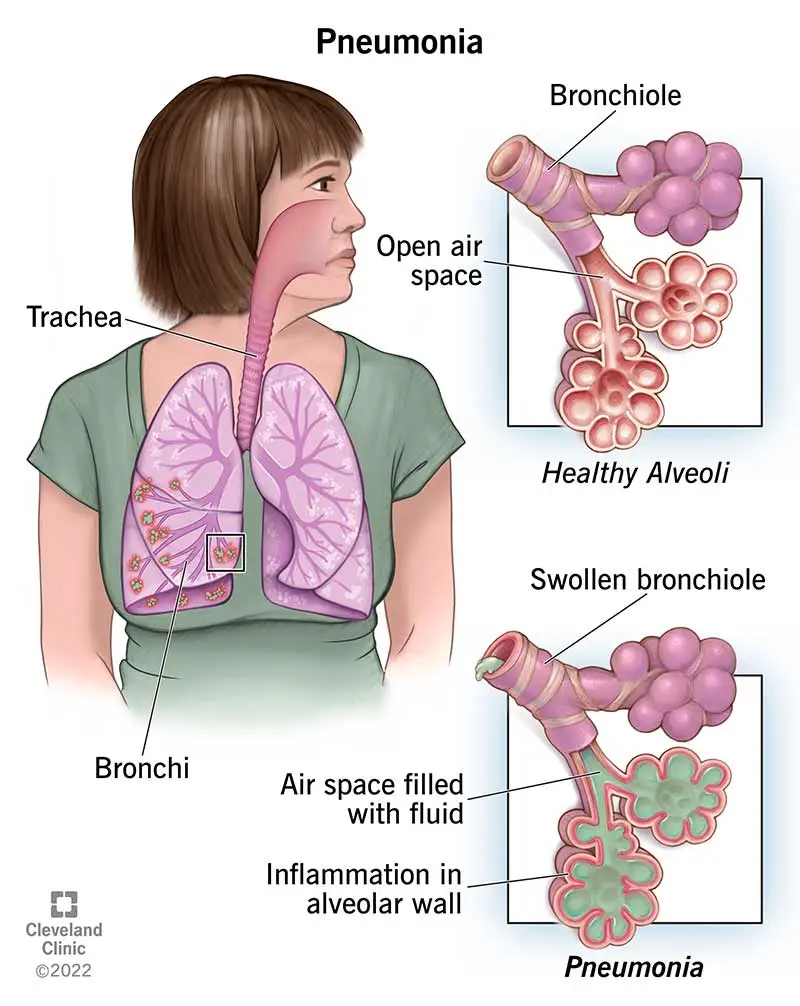
Pneumonia questions often test knowledge of both bacterial and viral etiologies, as well as treatment differences. I learned that distinguishing community-acquired from hospital-acquired pneumonia (HAP) is essential in pharmacy practice, especially given the different bacteria involved.
Key Areas to Study Malaria:
- Differences between community-acquired and hospital-acquired pneumonia
- Major causative organisms and antibiotics of choice for each
- Drug resistance concerns and the role of broad-spectrum antibiotics
- Supportive care strategies for pneumonia patients
Sample Question: “Identify the primary pathogens associated with community-acquired pneumonia and the first-line antibiotics used for initial treatment.”
6. Influenza
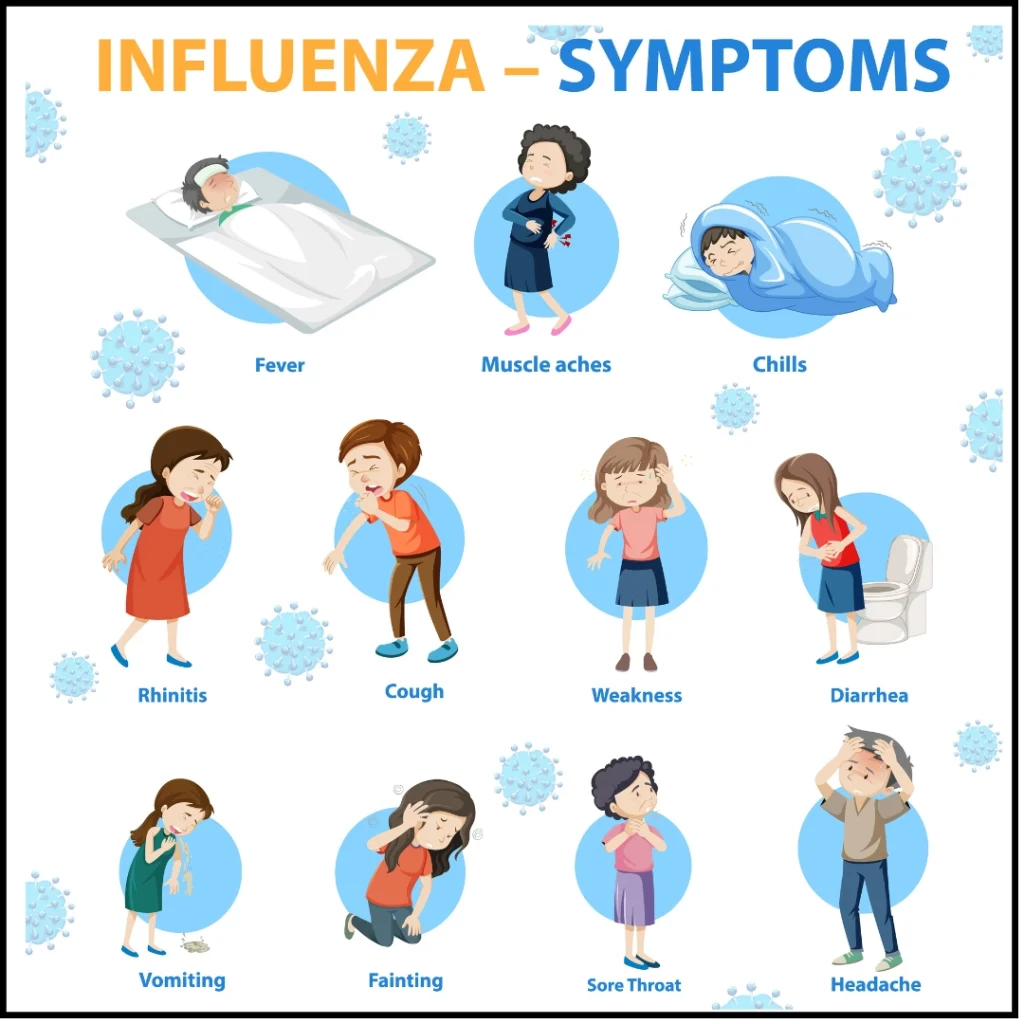
Every pharmacy professional should be familiar with influenza, especially since it’s preventable and impacts public health significantly. My experience in preparing for this topic involved learning about different strains and the importance of annual vaccination.
Key Areas to Study Influenza:
- Strains of the influenza virus and their seasonality
- Vaccination guidelines and efficacy of different vaccine types
- Antiviral medications and their role in symptom management
- Public health strategies for influenza prevention and outbreak control
Sample Question: “Describe the mechanism of action for neuraminidase inhibitors in treating influenza and discuss their role in managing seasonal flu outbreaks.”
7. Methicillin-resistant Staphylococcus Aureus (MRSA)
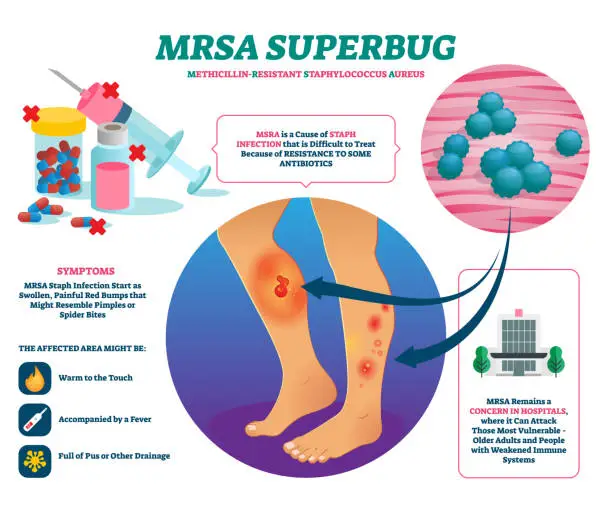
MRSA stands out due to its resistance to commonly used antibiotics and its role in healthcare-associated infections. Learning about MRSA taught me the critical importance of infection control in healthcare settings.
Key Areas to Study MRSA:
- Mechanism of antibiotic resistance in MRSA
- Common treatment options and challenges in MRSA management
- Infection control practices to prevent MRSA spread in healthcare settings
- Risks associated with MRSA and vulnerable populations
Sample Question: “What are the primary antibiotic options for treating MRSA infections, and how do healthcare settings control the spread of this resistant bacterium?”
Quick Reference Table of Infectious Diseases You Must Study
| Disease | Common Treatment Options | Key Points to Remember |
|---|---|---|
| Tuberculosis | Isoniazid, Rifampin, Ethambutol, Pyrazinamide | Prolonged treatment, resistance concerns |
| HIV/AIDS | ART (various classes) | Immune system impact, drug interactions |
| Hepatitis B & C | Antivirals (e.g., Tenofovir, Sofosbuvir) | Chronic vs. acute management |
| Malaria | Chloroquine, Artemisinin-based combination therapies | Life cycle-driven treatment choices |
| Pneumonia | Beta-lactams, Macrolides (based on causative agent) | Community vs. hospital-acquired distinctions |
| Influenza | Vaccines, Neuraminidase inhibitors | Seasonal vaccination importance |
| MRSA | Vancomycin, Linezolid | Hospital infection control |
In studying for pharmacy exams, understanding these infectious diseases is crucial. Reviewing each one’s unique treatment protocols and resistance patterns will not only prepare you for exams but also set a foundation for your pharmacy practice. I found that creating flashcards for each disease, with focus points like causative organisms and first-line treatments, was immensely helpful.
If you’re preparing for pharmacy exams, I highly recommend structuring your study sessions around these diseases and taking practice questions regularly. Knowing these diseases inside and out will build your confidence for exam day—and ultimately, for patient care.

